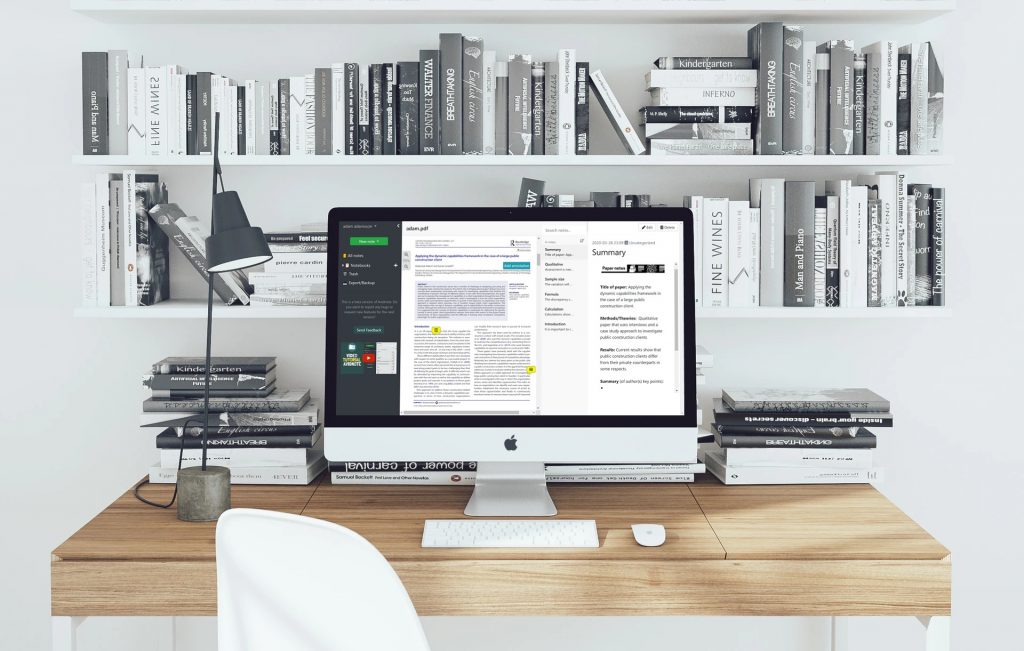Research refers to the detailed study of a subject, especially in order to discover new information or to reach a new understanding. It follows a process that is systematic and verifiable. The main objective of research is to create new insight or develop new theory, and as such, it represents an important aspect of education and life as a whole. This is why students at all levels of higher education are mandated to conduct research before they can graduate. The research process varies according to fields of knowledge.
The tips below will help students seeking to learn how to conduct research on their thesis, especially those in the social sciences.
Establish a Plan
Planning is an essential part of life hence the saying that he who fails to plan is planning to fail. Embarking on a research effort such as a thesis can be time and energy-consuming. It can also be expensive. Therefore to optimize your time, energy, and resources, you need meticulous planning on how to conduct all aspects of your research.
Identify a research problem
Problem identification is often the most difficult challenge when trying to conduct research. The researcher tries to discover a problem or set of problems that interest them within their field. This problem has to be consequential enough to deserve investigation. It must also be a problem that can be solved through a research process. Though it may not always be easy, you should try and find a unique problem that has not been solved by previous research or adequately addressed in the research literature.
Literature review
To conduct credible research, it is important to know what has been done in the field prior to your own study and to identify what needs to be done. The literature review is an important part of the research process. It can help to identify a knowledge gap that you will then strive to fill with your work.
Have a clear idea as to who is going to be the audience and work accordingly. Learn and define important terms and concepts relevant to your research. Sources of literature include journals, textbooks, magazines, the internet, theses, and others. Make sure you avoid wasting your time by studying only materials that directly or indirectly relate to the problem of study. Apart from helping to identify gaps in knowledge, the literature review will also enable you to:
- obtain sufficient background information about the research problem,
- avoid duplication of previous work,
- formulate appropriate research hypotheses and questions,
- develop more focus on the study in addition to helping you determine whether the problem is researchable or not,
- know the kinds of problems you are likely to face as well as how to tackle them.
Formulate the hypotheses and/or research questions
This involves a logical expression of some aspects of the problem to provide a direction about a probable solution. Here, the researcher assumes a relationship between the problem’s key variables or concepts. The logical principles of inductive and deductive reasoning can be useful when formulating hypotheses. The hypothesis basically serves as a speculative answer to the problem. It can be in two forms – the null and alternative hypotheses.
Research questions are essentially the same as your research objectives but constructed in a question-form. Good research questions should revolve around the problem and answering them is equal to addressing the problem.
Specify the research methodology
The applied research methodology provides the mechanisms for testing your hypothesis, selecting the data collection instrument, adopting a sampling technique, and deciding on data analysis techniques. This is a very important part of your research and should be carefully constructed.
Data collection
Like noted above, your data collection technique will be determined by your research design. Data collection is all about gathering numeric or non-numeric (or both) information/data about the variables you intend to measure or describe. To achieve this, you may have to construct a data collection instrument which you will then administer to your selected sample. Primary Data can be collected through observation, interviews, questionnaires, documentary sources, etc. Secondary data can come from government and private sector databases and publications, journals, the internet, etc. Ensure that you take adequate measures to make your research instrument valid and reliable.
Analysis and interpretation of data
After successfully collecting data, you have to employ certain techniques to help you process and analyze the data. It is at this stage that the research questions are answered and the hypothesis resolved. It is also here that the research findings emerge. The findings are important because conclusions, generalizations, and recommendations are based on them. Various kinds of computer software can help in the processing and analysis of data. One such software is the Statistical Package for Social Sciences (SPSS).
Discussion of research findings
This is where the researcher discusses the findings derived from data analysis. The discussion should mainly relate the findings to the hypothesis, that is, the nature of the relationship between the variables or concepts surrounding the research problem or topic. Ensure that you compare and contrast the findings of your study with those of other similar studies, especially those identified in the literature review.
Summary, conclusion, and recommendations
This is the last chapter of your research paper. The summary section briefly captures the key findings of the study. As a rule of thumb, your conclusion chapter should not contain any new information but should instead highlight what can be concluded from your work. The conclusion is a short rehash of what the research is all about. It mostly dwells on the study’s key findings within the overall context of the study’s objectives and research problem. Based on the conclusion, the researcher then makes generalizations as well as some recommendations that can help improve his or her field of knowledge and society at large.
After the recommendations, the researcher is expected to state what their study has contributed to as well as offer suggestions for future research.
Bibliography and appendix
The bibliography or references section lists all the cited sources of the research paper in alphabetical order while the appendices offer materials that can help to further clarify the research work and bring more insights. These include computer printouts of graphs, charts, tables, etc.
 Learn more
Learn more
Organize Your Research
Avidnote is the app for researchers – take better notes and organize your papers


